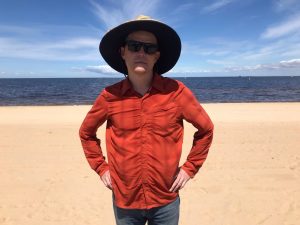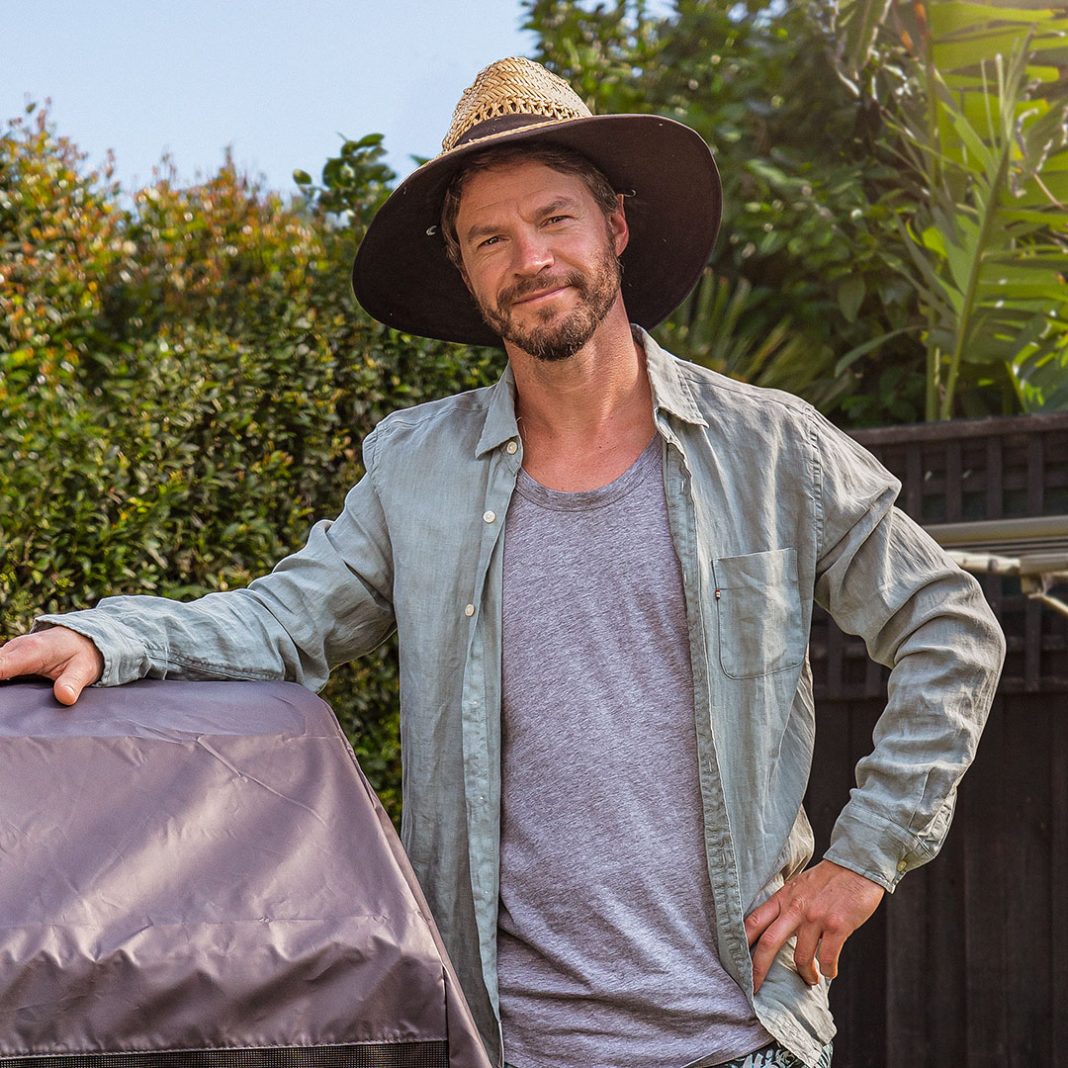Skin cancer is Australia’s most common cancer and the costliest to treat. This might come as no surprise given our nation’s reputation as a sun-loving country. But did you know that more men in Australia are impacted by melanoma than women?
In 2019, the Victorian Cancer Registry reported 2841 melanomas with 57 per cent of those diagnosed being men. Alarmingly, twice as many men as women die from melanoma each year.
Heather Walker is Head of SunSmart and Chair of the National Skin Cancer Committee. She says men are being impacted by melanoma at higher rates than women because they tend to spend more time outdoors and are less likely to use sun protection, including using sunscreen, sunglasses and shade.
“A recent survey found that less than half of men used sun protection in their daily routine,” she said. “Men were also less likely than women to have a suspicious spot checked.”
Findings from the 2019 Summer Sun Protection Survey (Life in Australia) included:
- Despite 79 per cent of men surveyed agreeing that if they regularly protect themselves from the sun, they can avoid skin cancer, less than half agreed that sun protection was part of their daily routine (49 per cent compared with women at 59 per cent).
- Less than one in three used sunscreen (29 per cent) and stayed in the shade (30 per cent) on summer weekends. It was found that men were worse than women at protecting themselves from sun damage.
- Males are also more likely to spend time outdoors on weekends during peak UV hours than females (75 per cent compared with 63 per cent).
- When it comes to early detection, females were more likely to have had at least some of their body checked for suspicious spots than males (46 per cent compared with 35 per cent).
Generational change
Melanoma rates are declining in Australians aged under 40, a trend attributed to the success of sun protection programs such as SunSmart. However, there is still work to do: research shows that young adults are less likely to use sun protection than older age groups, which could lead to higher rates of melanoma in the future.
The aforementioned survey found that those aged 18 to 24 years were significantly more likely to have not worn any sun protection (21 per cent) compared with people aged 45 to 69 (10 per cent) or over 70 (nine per cent).
It also found that age was not a factor in time spent outdoors, with those aged 18 to 24 years not significantly more or less likely to have spent time outdoors than those in other age groups.
“Regardless of your age, it’s never too late to improve your sun protection habits,” Ms Walker said.
Five Ss
Fortunately, most skin cancer can be prevented by using good sun protection when the UV is 3 and above
SunSmart recommends protecting skin in five ways:
- Slip on loose protective clothing that covers as much skin as possible.
- Slop on SPF30 (or higher), broad-spectrum, water-resistant sunscreen 20 minutes before going outdoors. Reapply every two hours.
- Slap on a broad-brim, bucket or legionnaire hat that shades the face, neck and ears.
- Seek shade wherever possible outside.
- Slide on close-fitting, wrap-around sunglasses that cover as much of the eye area as possible and meet the Australian Standard.
“We all need to be following the SunSmart steps to ‘Slip, Slop, Slap, Sleek and Slide’ and be encouraging our family, friends and colleagues to do the same,” Ms Walker said.
“Men’s increased melanoma rate, and sadly their higher number of deaths from melanoma, highlight the importance of sun protection. It’s also important to get to know your skin, and go to the GP if you notice anything new, unusual or changing – because the earlier skin cancer is found, the easier it is to treat.”
Supporting SunSmart men
Pharmacies and health professionals play an important role in the prevention, detection and management of skin cancer.
“Men simply can’t afford to be complacent with sun protection, and pharmacies can encourage men to protect themselves through the products they offer,” Ms Walker said.
“Pharmacies typically stock sunscreen, hats and sunglasses, and can share the message that when using these in combination with protective clothing and shade, men can reduce their risk of skin cancer.”
Some medications issued at pharmacies can increase a patient’s individual skin cancer risk, such as raising photosensitivity or suppressing immune responses. Ms Walker says pharmacists can identify these patients and emphasise important skin cancer prevention and early detection messages to them.
Melanoma: A family impact
Tim Peterson, a 45-year-old environmental engineer and lecturer, father of two, has always loved outdoor adventures, including hiking and rock climbing.

“Growing up, I spent a lot of time outdoors, but sun protection was never a big focus for me,” Mr Peterson said. “I would apply sunscreen but not reapply, not paying close attention despite understanding the risks involved with not using sun protection.”
That changed in 2019 when he was diagnosed with stage 2B nodular melanoma and underwent immunotherapy. Another melanoma was discovered on his arm in 2020, with eight more months of immunotherapy following. Across 2021, another two melanomas were removed with surgery.
His experience with melanoma made Mr Peterson realise the importance of sun protection.
“It pays to be extra vigilant with protecting your skin, because you never know what other contributing risk factors are at play, like genetics, for example,” he said. “I’ve also learnt that melanoma doesn’t just impact me, but also my family. It’s been hard to watch the toll my diagnosis has had on them.”
In 2022, Mr Peterson is undergoing immunotherapy. He says his experience has no doubt been a lesson for his kids as well as himself
“As fathers, we have a responsibility to do everything in our power to keep ourselves safe and healthy for those close to us,” he said. “In most cases, skin cancer can be easily prevented with sun protection – we just need to step up and do it.”
This feature was originally published in the June issue of Retail Pharmacy Assistants e-magazine.






